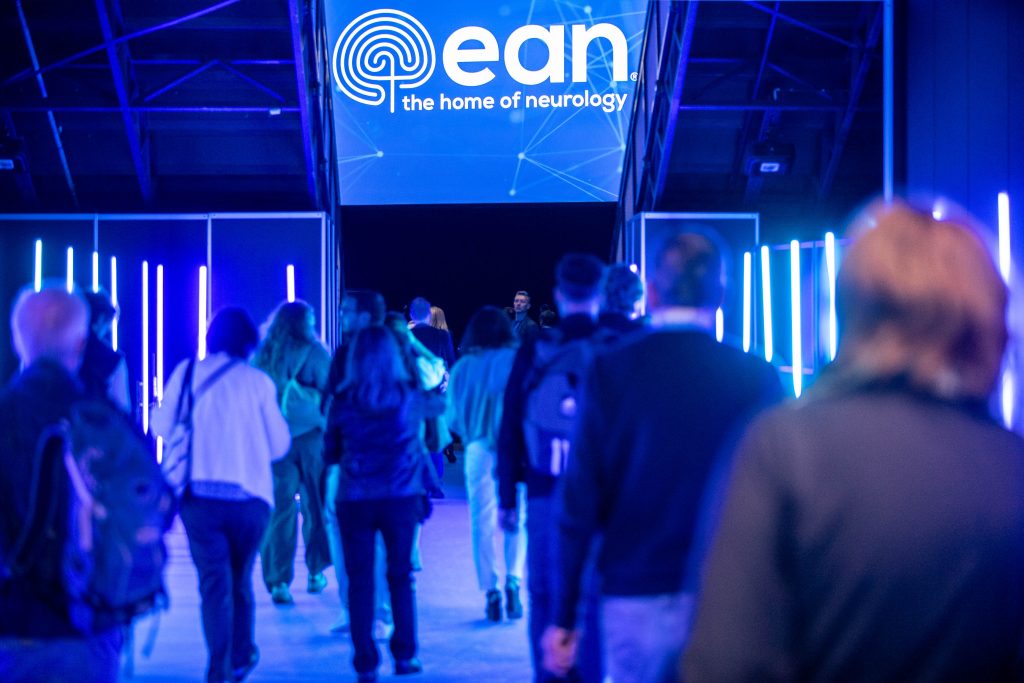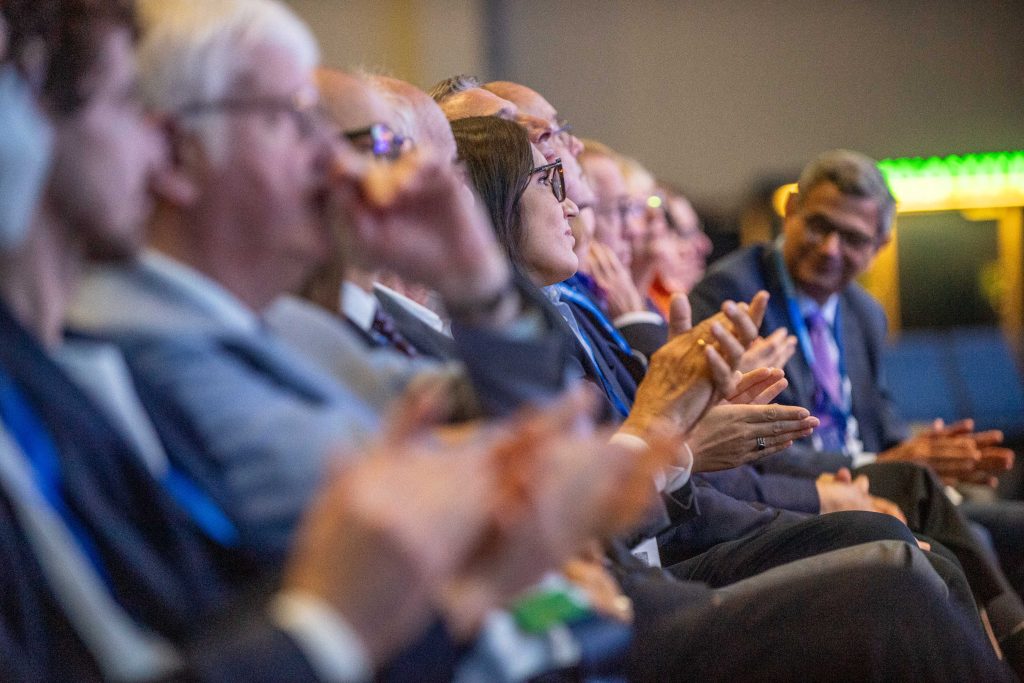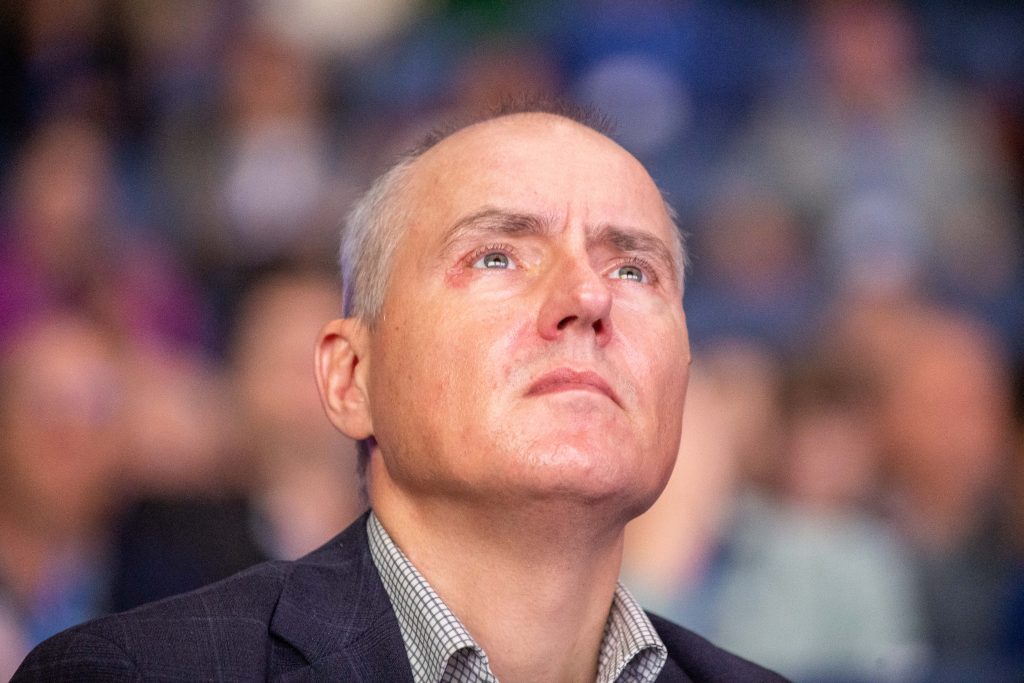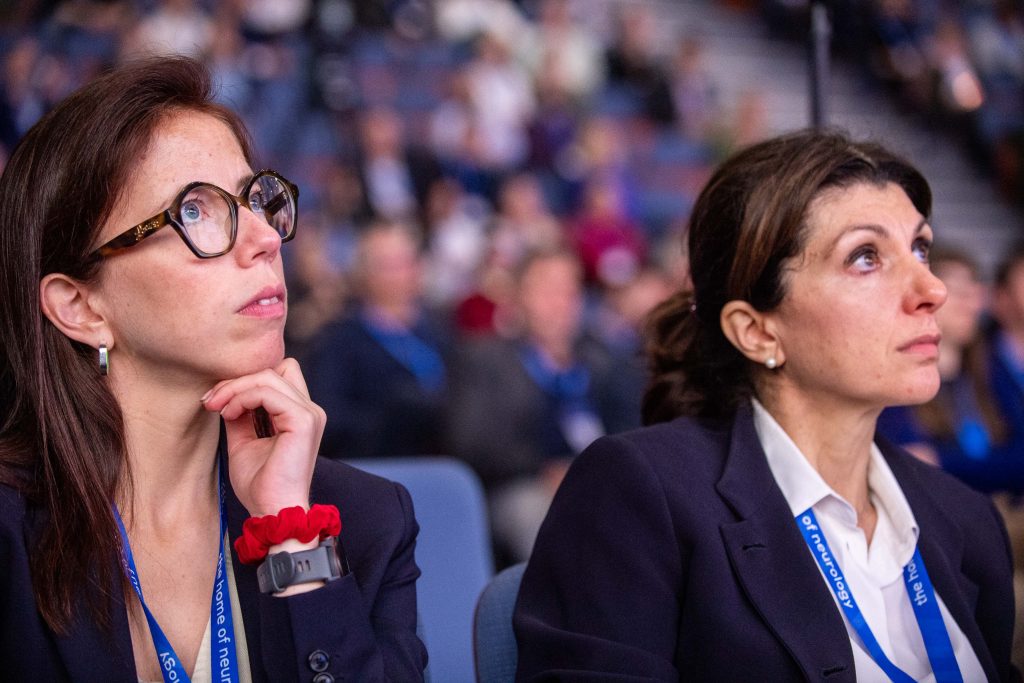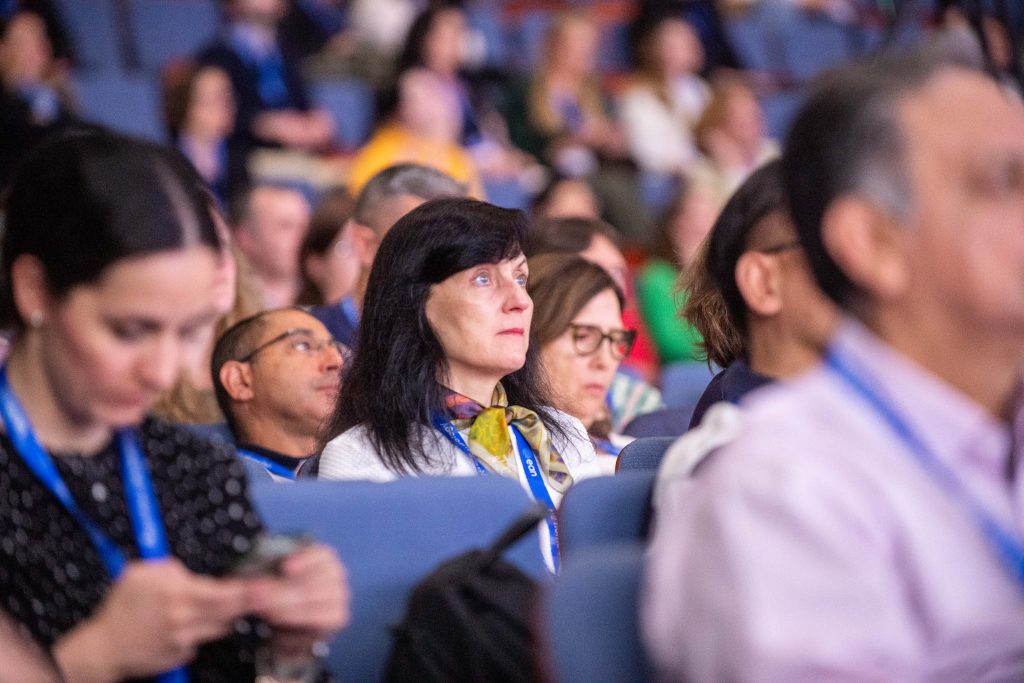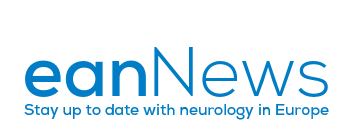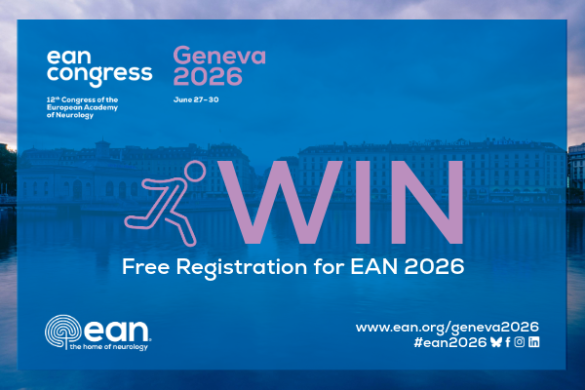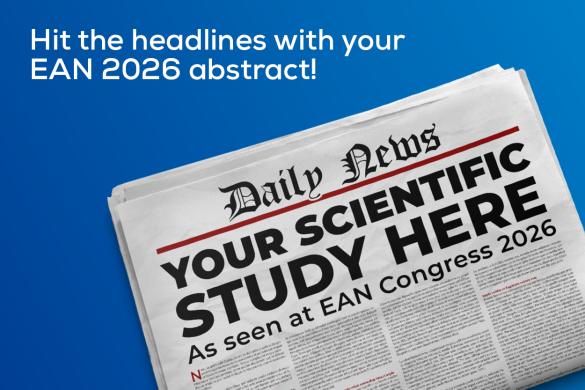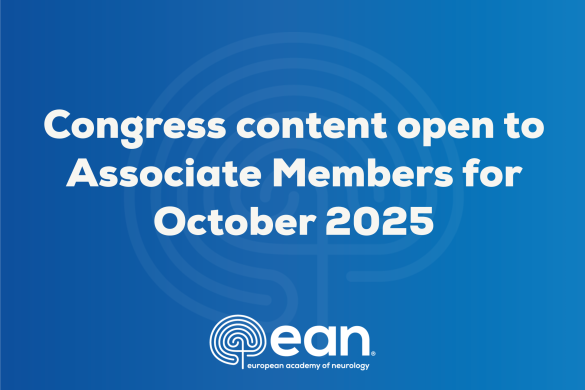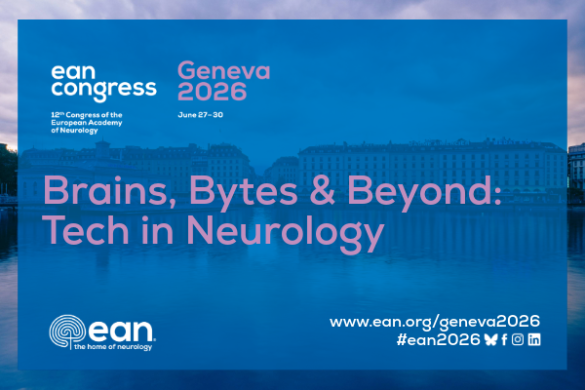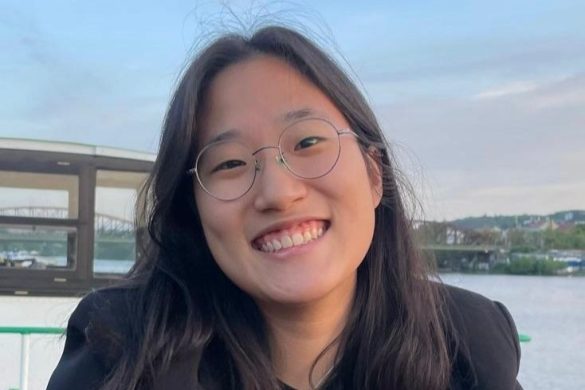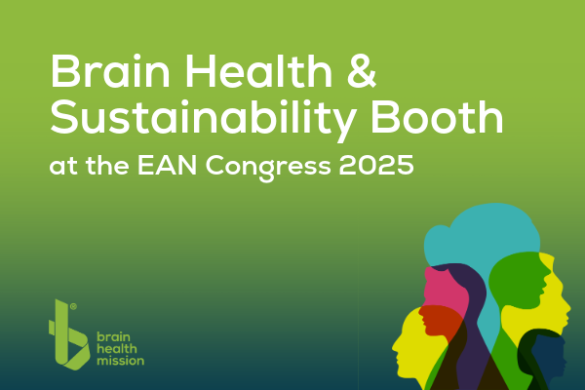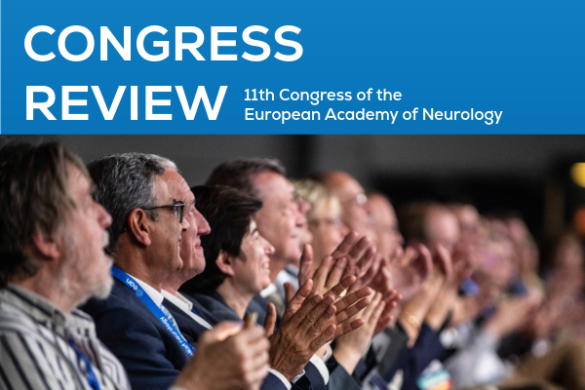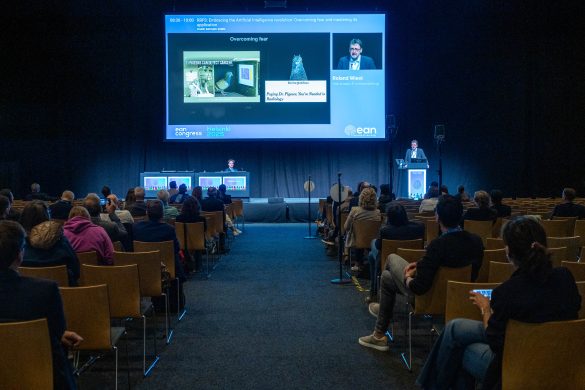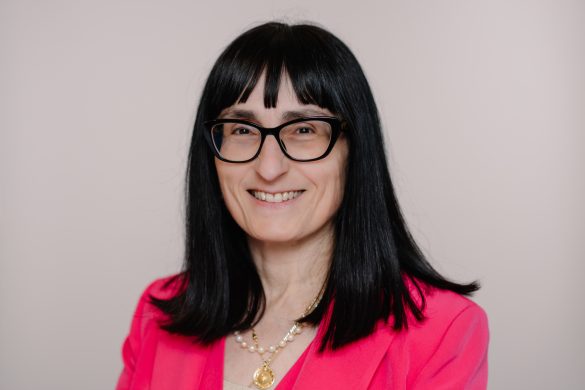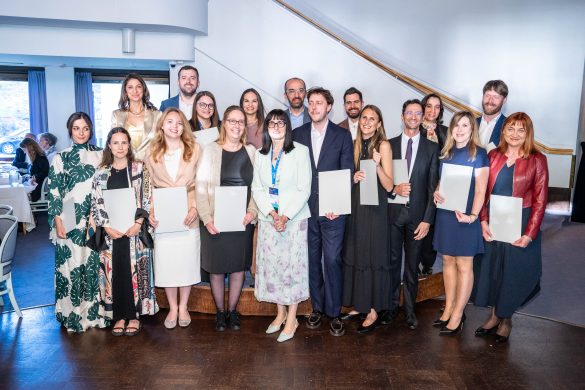by Hugo Hermantin & Simon Lee
The Highlights & Breaking News session on the final day of the EAN 2025 Congress in Helsinki offered a rich reflection on scientific advances, highlighted key award recipients and looked ahead to the next chapter of neurological research and collaboration. Some key highlights of the Congress were presented by experts in the field, acknowledging the cutting-edge presentations that marked the 2025 Congress.
EAN President, Elena Moro opened the session with an enthusiastic greeting, telling the Main Auditorium “In Italian we say ‘pochi ma buoni’ … we are few, but we are the strongest and the best,” and extolling the traditional Highlights & Breaking News session as the most important part of the congress. Following a short welcome, Moro handed over to incoming Chair of the Residents & Research Fellows Section, Alicia Gonzalez Martinez to introduce the winners of this year’s EAN Tournament.
Missed the session? Watch it on demand on our Virtual Congress Platform!
Available until 8 July for registered congress participants – and even longer for EAN members!
Tournament Winner – Basic Category
Roger Collet Vidiella, winner of the ‘Basic’ category of this year’s EAN Tournament, presented work on proteomic profiling of Guillain-Barré (GBS) syndrome using aptamers, showing how his team conducted the first study using large-scale proteomics in GBS and identified multiple proteins and biological pathways in patients’ blood that are associated with the condition. The study uncovered SAA1 as a potential biomarker, pending further validation, with exploration of other biomarkers and disease mechanisms ongoing.
Tournament Winner – Clinical Category
The winner of the EAN Tournament’s Clinical category, Giulia Di Rauso, then presented a study that aimed to examine whether Parkinson’s disease (PD) patients carrying pathogenic variants in the LRRK2 gene have a higher prevalence of malignancies compared to patients carrying the non-mutated gene. The study found a significantly higher prevalence of oncological disease in PD patients with the mutated variants, suggesting that management of these patients could be enhanced by providing early malignancy screening.
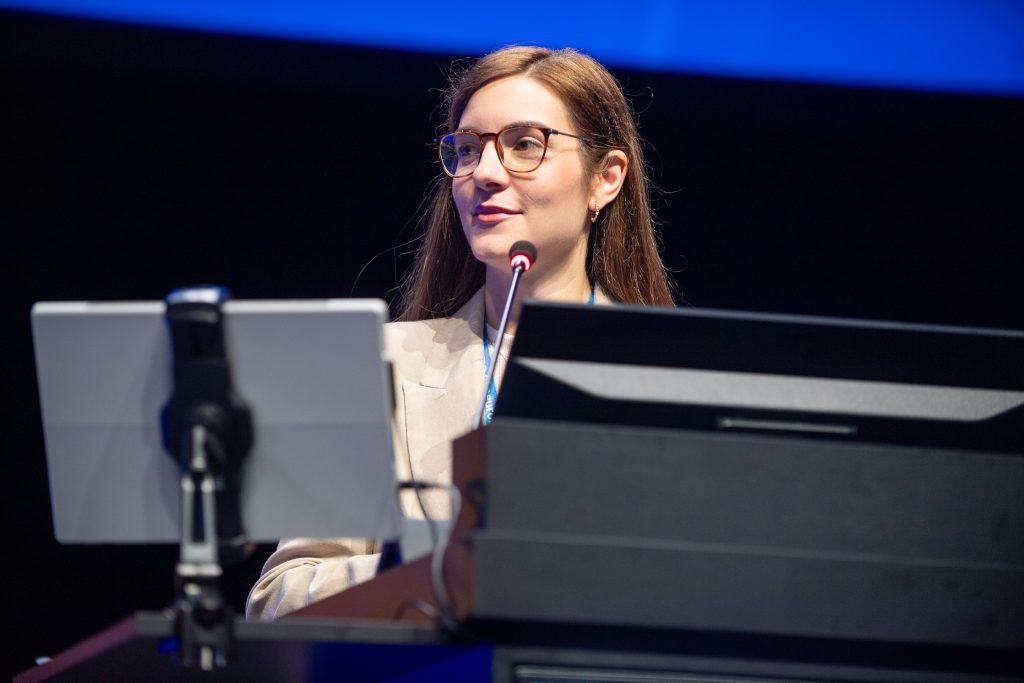
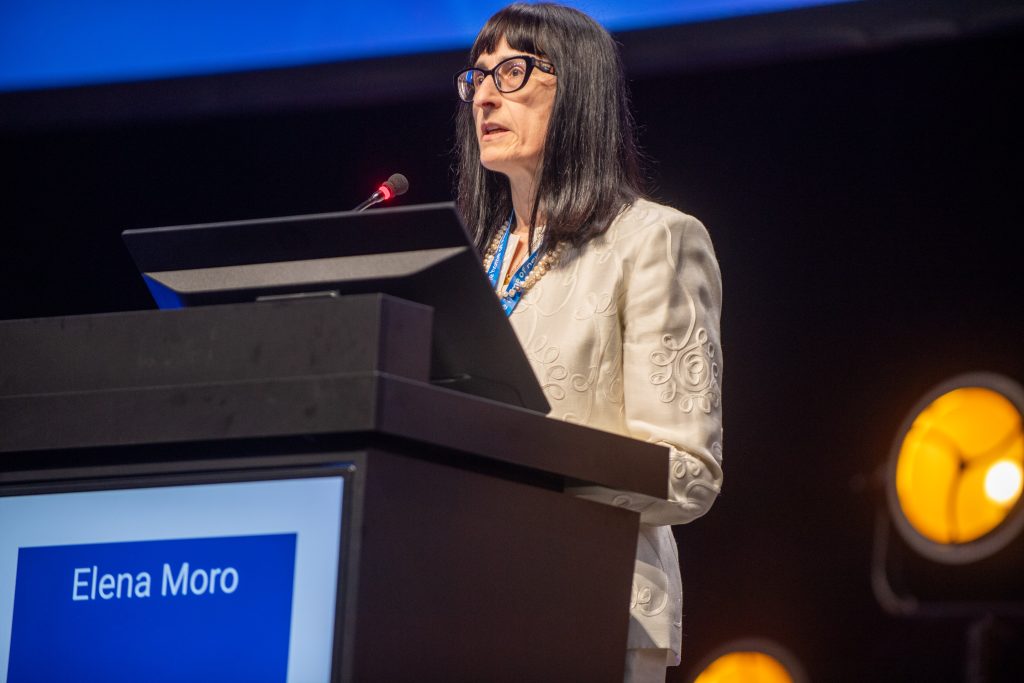
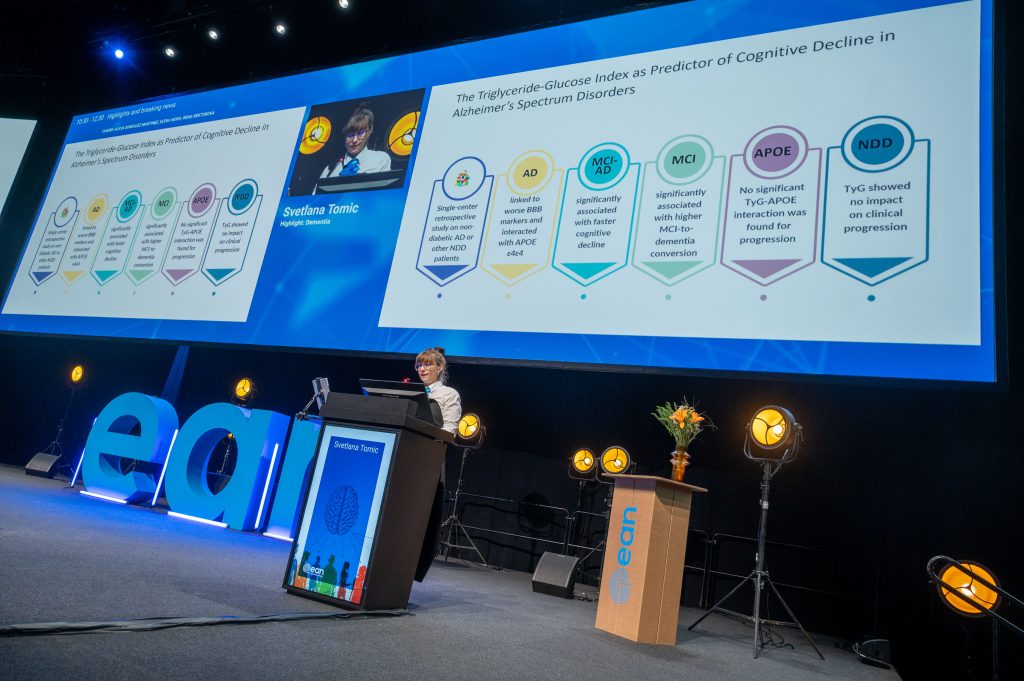
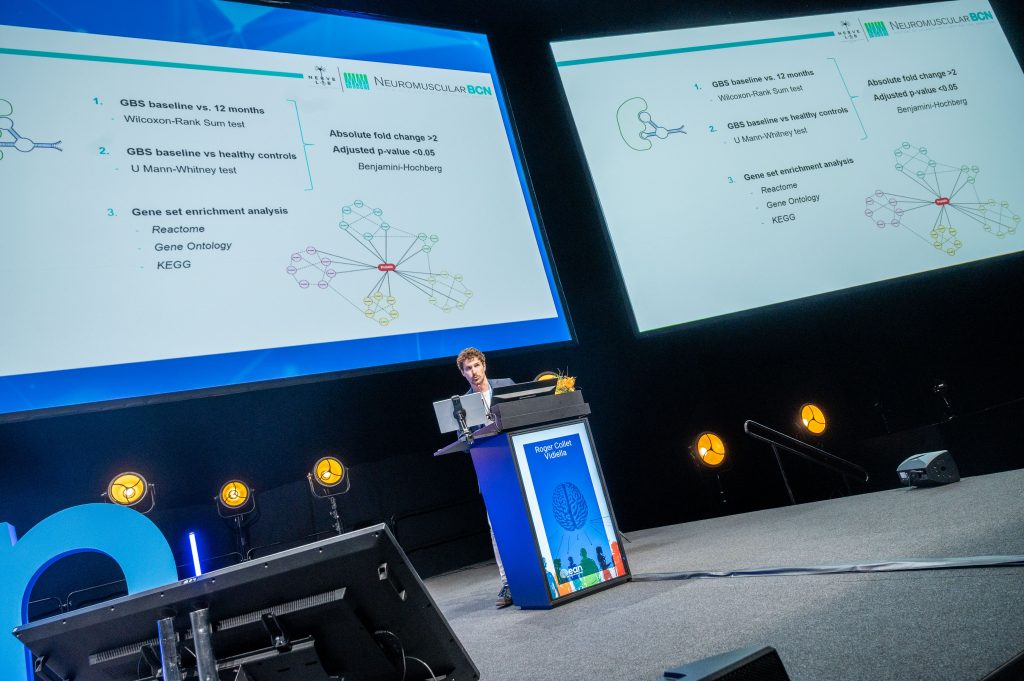
Highlight Lectures
EAN Programme Committee Chair, Irena Rektorová introduced the ‘Highlights of the Congress’ section of the session, which sees the most outstanding congress content within five selected topics summarised by one of the EAN Scientific Panel co-chairs for each topic. With the five topics rotating from year to year among the 28 categories covered by the EAN Scientific Panels, this year highlighted dementia, headache, movement disorders, cerebrovascular diseases, and neuromuscular diseases.
Highlight: Dementia
Svetlana Tomic began with an overview of the top dementia presentations at this year’s congress. Alzheimer’s disease was particularly well represented, with highlighted studies including but not limited to the triglyceride-glucose index as a predictor of cognitive decline in Alzheimer’s; the negative correlation of CSF synaptic biomarkers with Alzheimer’s disease duration; and the relationship between astrocytic biomarkers and blood-brain barrier permeability in Alzheimer’s disease.
Highlight: Headache
Patricia Pozo-Rosich provided a recap of the headache-related content at EAN 2025, noting that of the oral presentations focusing on headache, the emphasis was on topics related to neuropeptides and their impact in other headaches– not only migraine– such as PACAP in cluster or calcitonin gene-related peptide (CGRP) in intracranial hypertension. Talks on GLP-1R agonists for the treatment of migraine and a European multicenter study on the use of antic-CGRP monoclonal antibodies in migraine were also singled out as particularly noteworthy.
Highlight: Movement disorders
Alessandro Tessitore spotlighted major advances in genetics, biomarkers and therapies for Parkinson’s disease, myoclonus and related movement disorders. Over 70 abstracts were received discussing the promise of adaptive deep brain stimulation, real-world data on treatment responses or the growing role of biomarkers in personalised care. From large real-world studies to cutting-edge translational research, the highlights captured the field’s rapid evolution and its promise for more personalised, effective care.
Highlight: Cerebrovascular Diseases
Thomas Clement Truelsen present a segment on cerebrovascular diseases. He started by noting the growing interest in cerebral amyloid angiopathy (CAA), a condition with increasing recognition but limited data. Several posters at the Congress explored the overlaps between CAA and Alzheimer’s disease, including studies suggesting that CSF biomarkers may help identify non-haemorrhagic CAA cases. Truelsen also highlighted a meta-analysis presented during a joint symposium with the European Stroke Organization examining the outcomes of a shift towards alteplase and studies on left atrial appendage occlusion in atrial fibrillation patients.
Highlight: Neuromuscular Diseases
Massimiliano Filosto followed with updates on neuromuscular diseases, emphasizing the dawn of a new therapeutic era. Myasthenia Gravis was the most represented disease in submitted abstracts, with promising findings from trials on BCMA/CD19 therapies. Other advances included the use of CAR T cells, gene therapies and enzyme replacement treatments. Filosto also stressed the potential of artificial intelligence and advanced neuroimaging – particularly in ALS/FTD research – as examples of powerful tools shaping both diagnosis and monitoring.
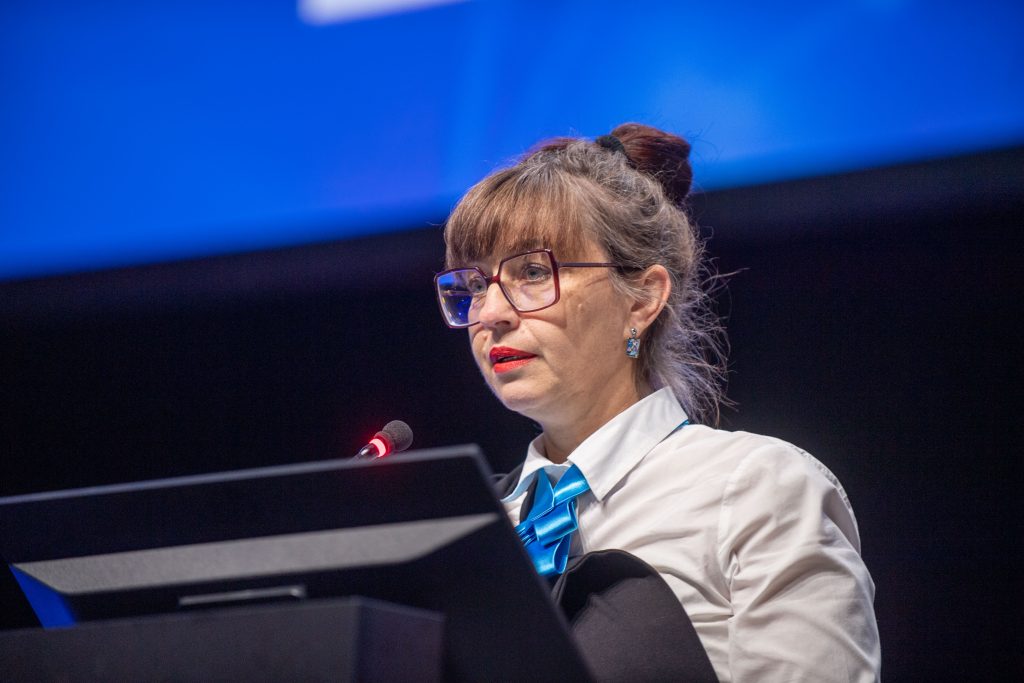
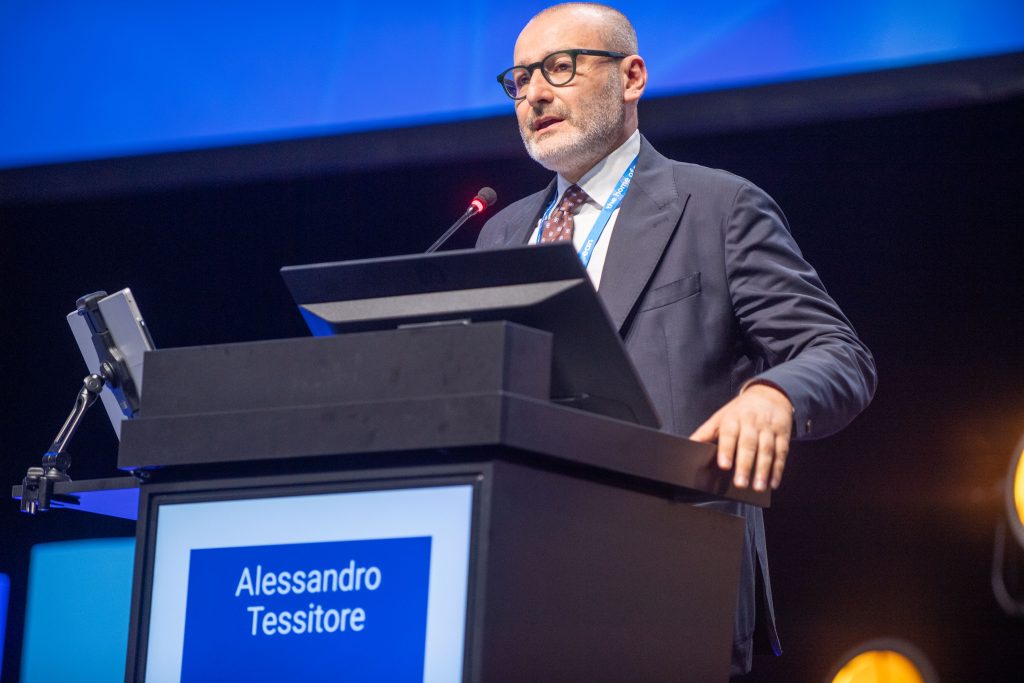
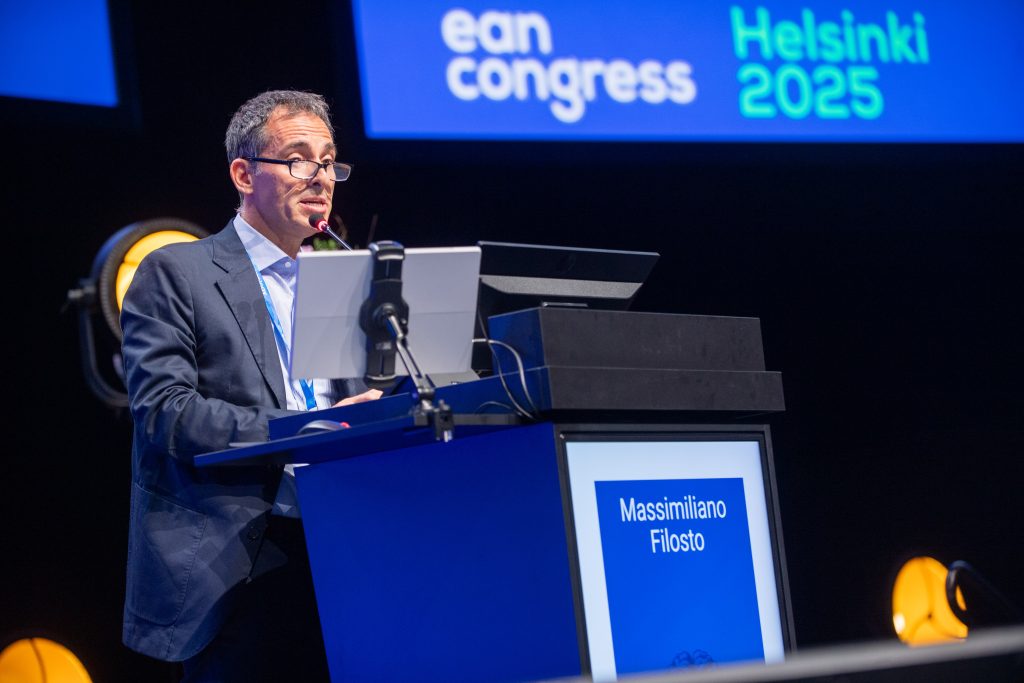
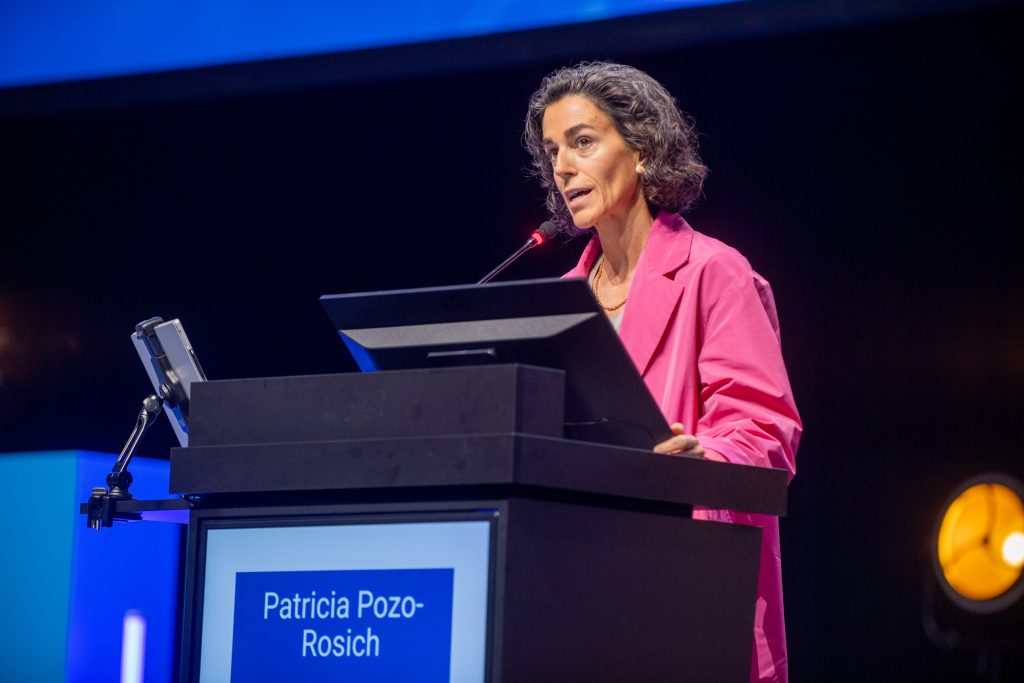
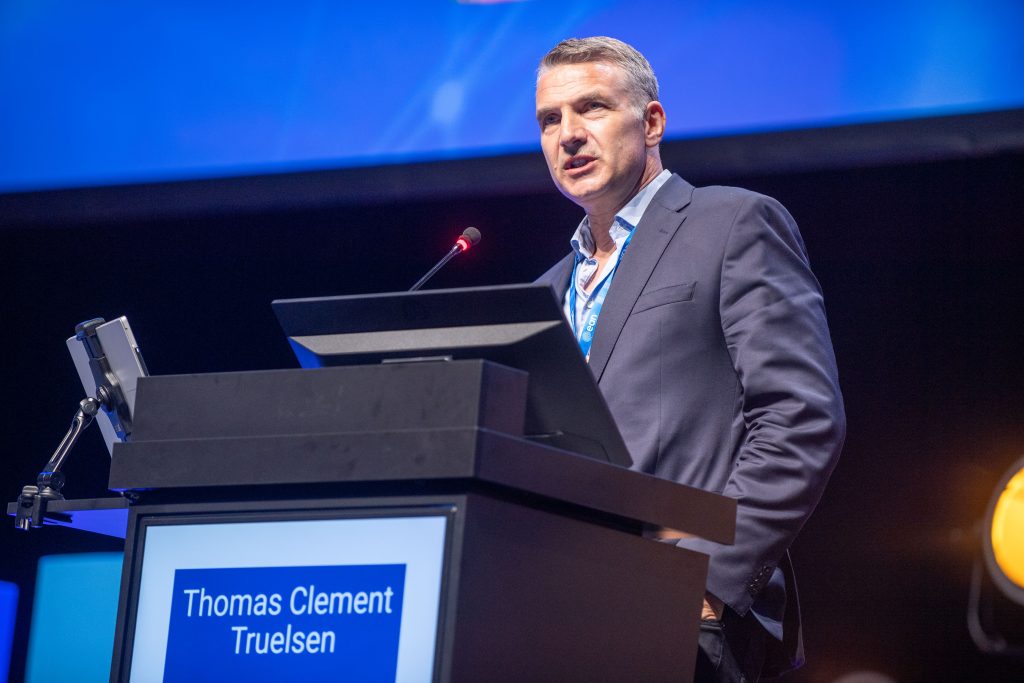
Jes Olesen Award and Lecture: Longitudinal motor system changes from acute to chronic spinal cord injury
Didier Leys presented the Jes Olesen Award to Tim Max Emmenegger for his outstanding paper, “Longitudinal motor system changes from acute to chronic spinal cord injury.” Emmenegger’s lecture summarized findings from MRI studies that demonstrated how lesions evolve over time and how tissue bridge width in spinal cord injuries correlates with neurodegeneration. His work provided evidence of remote degenerative processes that persist well beyond the acute phase, with implications for future therapeutic interventions.
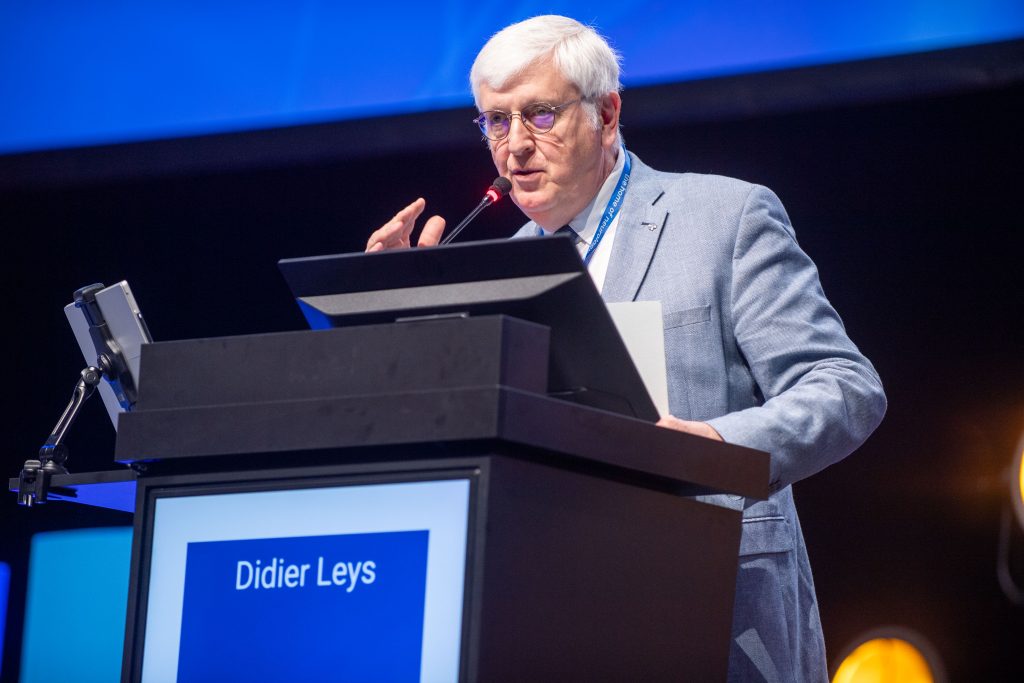

Congress Reflections and Geneva 2026 Announcement
Elena Moro took the stage to thank the EAN Office, the Board, the Programme Committee and everyone who contributed to making the Congress a success. She emphasized EAN’s commitment to sustainability and international cooperation, stating “wherever you come from, we come.”
Andreas Kleinschmidt then unveiled Geneva as the host city for EAN 2026, highlighting its accessibility, international reputation in health diplomacy and the strong legacy of the Swiss Neurological Society. With institutions such as the World Health Organization and International Red Cross Committee based in the city and a strong culture of scientific excellence, Geneva is fit to maintain the strong momentum set by Helsinki.
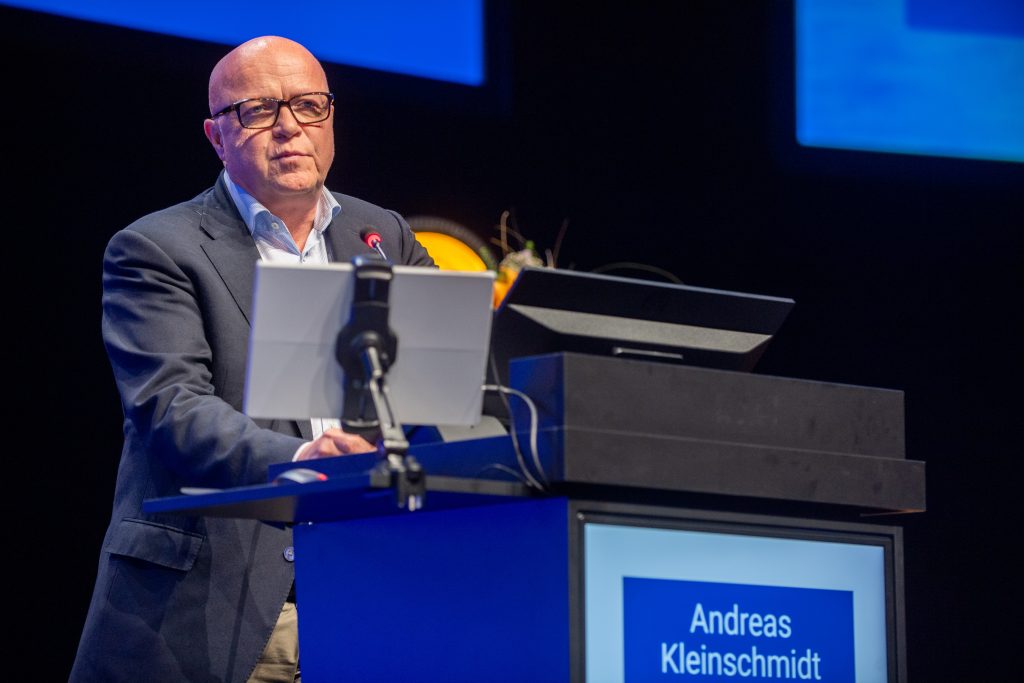
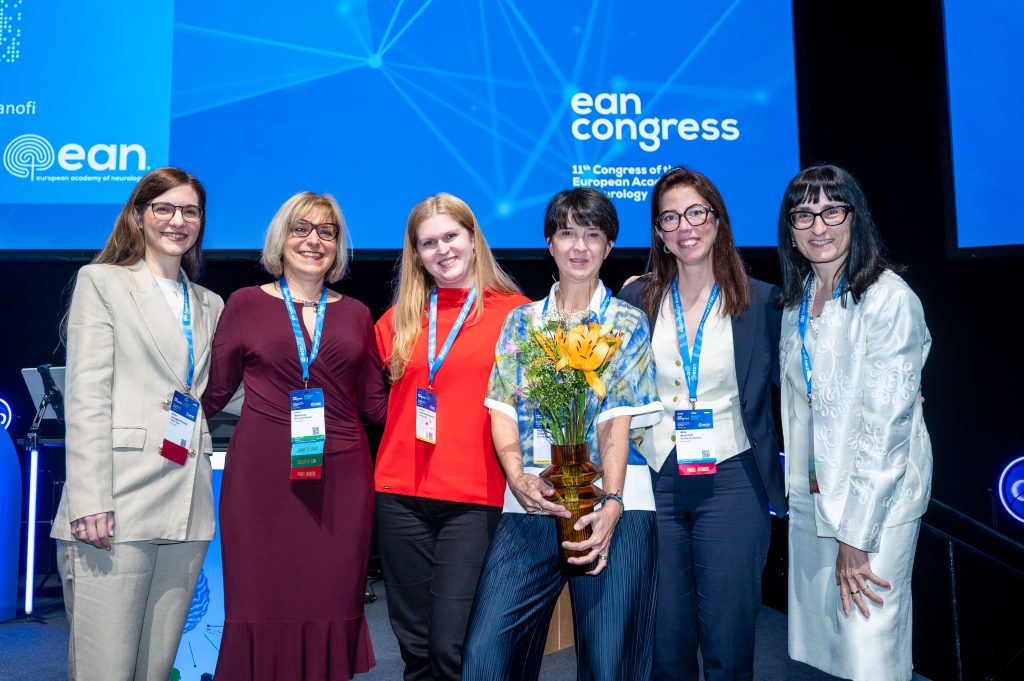
Closing Remarks: Unity and Optimism
In heartfelt closing words, Elena Moro, Irena Rektorova and Alicia Accorroni thanked participants, expressing their pride in EAN’s growing sense of community and encouraged continued collaboration throughout the year. The session ended on a note of optimism, with members expressing their determination to carry forward the energy of the Congress to support brain health initiatives across Europe and beyond.
With 6,200 participants on-site and over 1,800 joining online, the 2025 edition of the EAN Congress was a powerful reminder of the dynamism, diversity and dedication of the neurological community.
